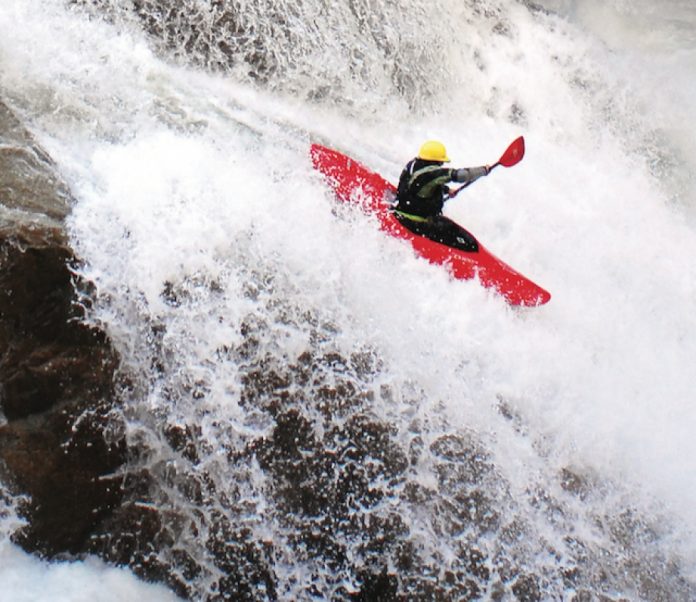- The average lifespan of a wild Canada goose is 24 years.
- While on the ground, a flock of geese is called a gaggle. In the air, a flock of geese is called a skein.
- Canada geese have an enlarged bone at the end of each wing, similar to a wrist. Though unlikely, an adult Canada goose is capable of breaking a human limb with this part of its wing.
- There are 11 subspecies of Canada goose. In general, they get smaller as you move northward and darker as you go westward.
- Geese can cover 1,500 miles (2,400 kilometers) in just 24 hours with a favorable wind, but typically travel at a much more leisurely rate.
- Geese fly in a V formation because it creates a current of air that makes flight more efficient and allows for better communication.
- Goslings begin communicating with their parents while still in the egg and learn up to 13 different calls by adulthood. Female Canada geese have a deeper voice.
- Canada geese are one of the most hazardous species associated with aircraft bird strikes. In 2009, U.S. Airways Flight 1549 struck two Canada geese six minutes after take-off and ditched into New York’s Hudson River. All 155 passengers survived the crash. The geese did not.
- Canada geese have bills with serrated edges, which help them cut tough grass stems.
- Loosely based on a true story, the film Fly Away Home depicts a father and daughter rescuing 16 orphaned Canada geese by escorting them some 1,000 miles from Ontario to North Carolina in ultralight aircraft decorated like mother birds. The truth? Bill Lishman spent five years training geese to follow him in flight as a biological experiment.

This article first appeared in the Early Summer 2012 issue of Canoeroots Magazine. For more great content, subscribe to Canoeroots’print and digital editions here.




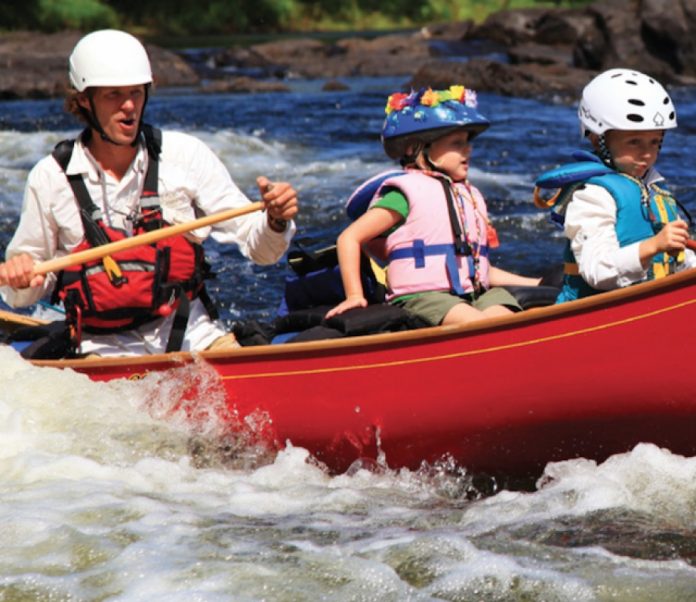

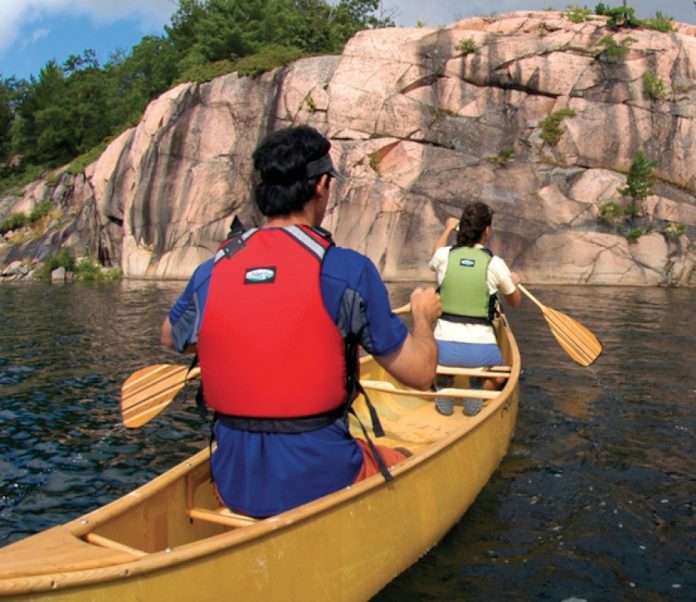
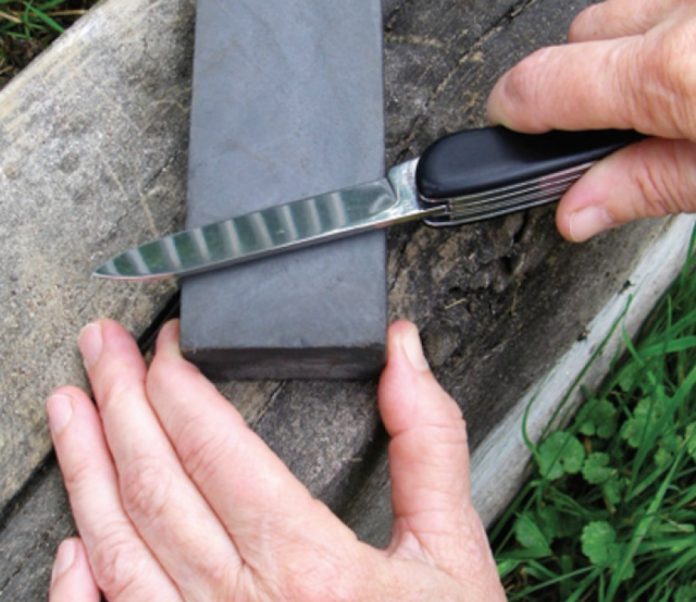
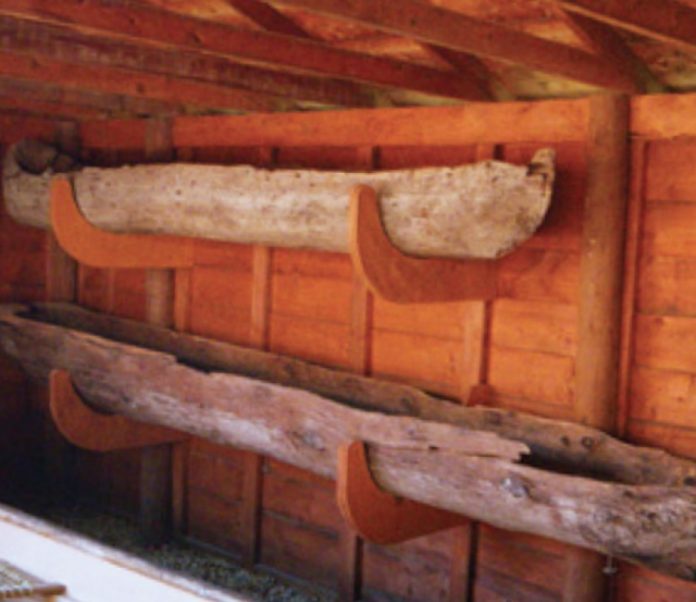
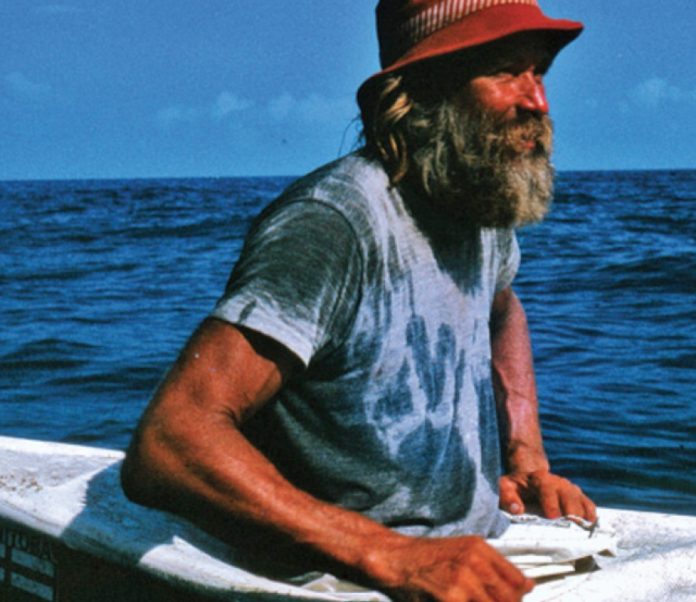
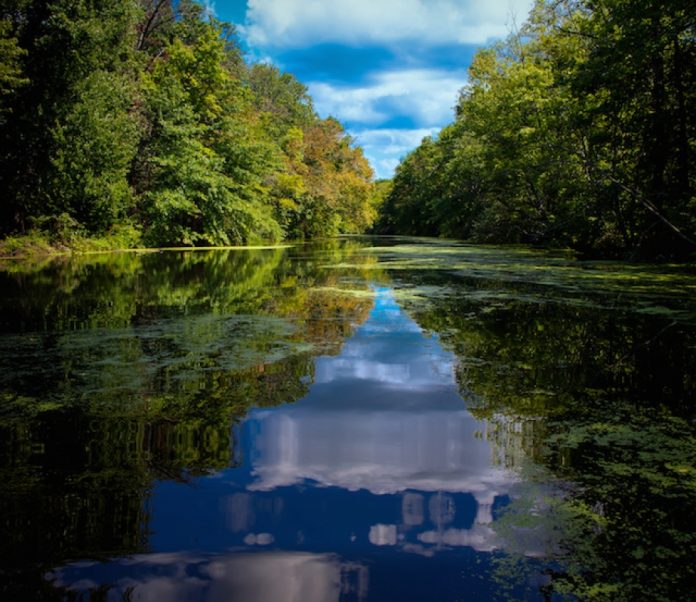
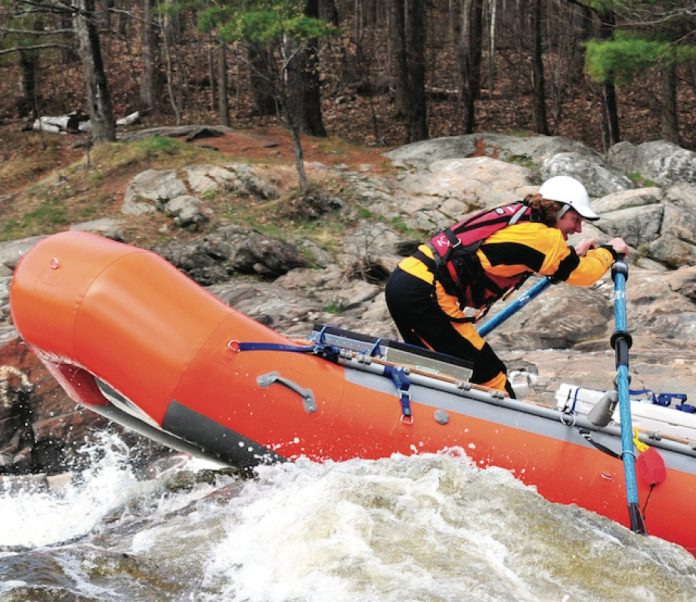
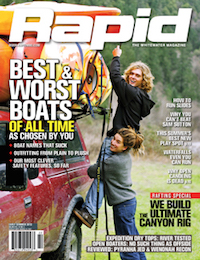 This article first appeared in the Early Summer 2012 issue of Rapid Magazine. For more great content, subscribe to Rapid’s print and digital editions
This article first appeared in the Early Summer 2012 issue of Rapid Magazine. For more great content, subscribe to Rapid’s print and digital editions 